
The Art and Science of Onboarding Videos for Housing Associations
The Art and Science of Onboarding Videos for Housing Associations
Onboarding. It’s the pivotal bridge between recruitment and empowering your workforce. For Housing Association HR Managers, this critical initiation tool can mean the difference between a bewildered new employee and a confident team member ready to make an impact.
At the heart of onboarding lies the onboarding video — a powerful, flexible, and engaging medium for learning and community building. But how do you craft an onboarding video tailored to the unique communities and ethos of your Housing Association?
Welcome to the Super Motion guide that will equip you with every essential component of an effective onboarding video that doesn’t just inform but inspires new employees to embody your Housing Association’s vision and values.
Why Onboarding Videos Matter
Before we dissect the structure of an effective onboarding video, it’s important to grasp their significance. Onboarding videos:
- Establish a first impression and set the scene for your organisation’s culture.
- Provide a consistent message that can be replayed and retained at the new employee’s pace.
- Show rather than tell, painting a vivid picture of life at your Housing Association with great visuals and sound.
- Bolster enthusiasm and engagement, which studies show can lead to higher job satisfaction and retention.
Employee Onboarding Debunked
Understanding that onboarding is a process, not just a video, is key. It’s a sequence of touchpoints that should be seamless and supportive. The video is just one step in the journey of your new employee. It’s important your onboarding process includes a variety of materials and experiences that include face-to-face interaction, hands-on learning, and paperwork.
Here’s how to break down the onboarding video into its main elements:

Key Contacts and Teams
Outline the faces that new employees should know and their areas of expertise. This isn’t an organisational chart — it’s a who’s who and why they matter.
- HR Point of Contact: The go-to for all things policy and procedure.
- Maintenance and Support Services: When in doubt, here’s who’ll get you out of a fix.
- Community Manager: Keeping you connected and responsive to local needs.
Values and Culture
Introduce what your Housing Association stands for, its core values, and how it practically fulfils those promises.
- Onsite Footage: Showcase the diverse workforce in action.
- Employee Testimonials: Real stories from real colleagues.
- Initiatives in Action: See cultural values at work through community outreach and resident events.
Safety and Compliance
Safety first. Go through the specifics of health and safety, including any unique protocols for your properties.
- Property-Specific Protocols: Tackle site-specific risks head-on.
- Legislation: Deliver an engaging overview of the most critical housing laws and regulations to adhere to.
- Safe Practices Demonstration: A visual guide to on-the-job compliance.
The Resident Experience
Empathy and understanding of your residents lead to better outcomes for all.
- Inclusivity Training: Sensitivity education for diverse needs.
- Conflict Resolution Scenarios: Navigating resident issues with poise and professionalism.
- Case Studies: Reviewing touchpoints of actual resident stories.

Crafting Your Onboarding Experience
Producing an onboarding video is more than just conveying key information, it needs to weave a story — the tale of your Housing Association and the individual’s role within it.
The Script
It all starts with the words. Your script should clearly articulate your organisation’s goals, aiming to balance inspirational storytelling and instruction.
- A Day in the Life: Create a narrative that walks the viewer through a typical day, from morning arrival to task completion, interwoven with learning moments.
- The Big Picture: Show how the workflows and processes contribute to overall success of your Housing Association.
The Visuals
What the script describes, the visuals should bring to life. Use a variety of images, footage, animations, and text to keep things dynamic and engaging.
- Cinematic Shots: Wide frames that capture the scale and scope of your housing projects and communities.
- Animated Infographics: Break down complicated concepts into digestible chunks.
- Employee Demonstrations: Highlight best practices demonstrations and show the team at work.
Sound and Voice
A great script with poor delivery loses impact. Your aural elements — music, sound effects, and narration — should be professional and engaging.
- Tie-Ins with Branding: The soundscape should reinforce the brand’s tone and message.
- A Professional Narrator: The voice should be clear, warm, and personable.
- Subtitles: Accessibility is critical; include subtitles to assist viewers.

Personal and Professional Growth
Your onboarding doesn’t end when the video does. Point new employees to resources that can help them grow within the Association.
- Training Paths: Highlight educational opportunities and paths for advancement.
- Mentoring Programmes: Connect new employees with seasoned professionals outside their direct line.
- Continuity: Plan for check-ins and ongoing support as new employees transition to full capacity.
Measuring Success
What can’t be measured can’t be improved, so make sure that you establish KPIs before releasing your video. This could involve assessments, surveys, or tracking employee retention.
- Video Interaction Data: Track where viewers are engaged or dropping off.
- Quiz Scores: See how well the video’s message is retained.
- Feedback Surveys: Get qualitative feedback on the video’s effectiveness and room for improvement.

Conclusion
To wrap it up, onboarding videos are a great way to enhance your onboarding process, with inspiring visuals, engaging narrative, and uplifting audio. With the right balance of information, storytelling, and showcasing how your Housing Association lives and breathes its values, you’ll help your new employees start off on the right foot, engaged and enthusiastic about their new role.
For Housing Association HR Managers, Super Motion offers bespoke video production that meets the standards of regulatory compliance, aesthetic appeal, and educational precision. Our video production experts understand the housing sector and can be your partners in delivering cutting-edge onboarding experiences.
Book a free 30-minute strategy call with Super Motion today, and together, we can discuss how a video can enrich your onboarding process.
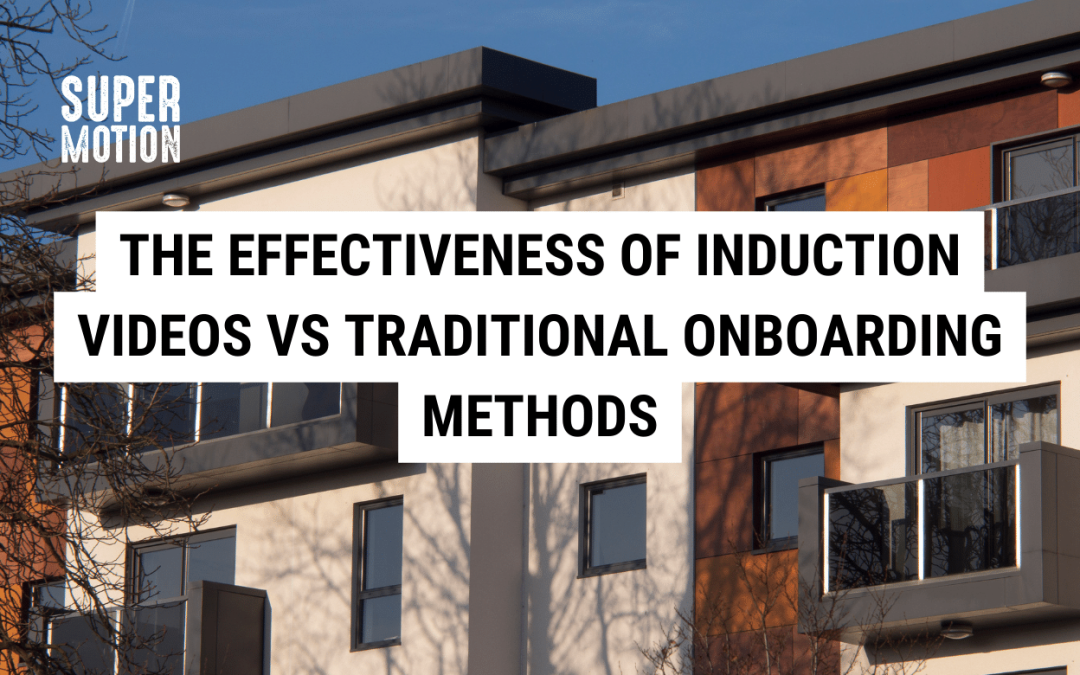


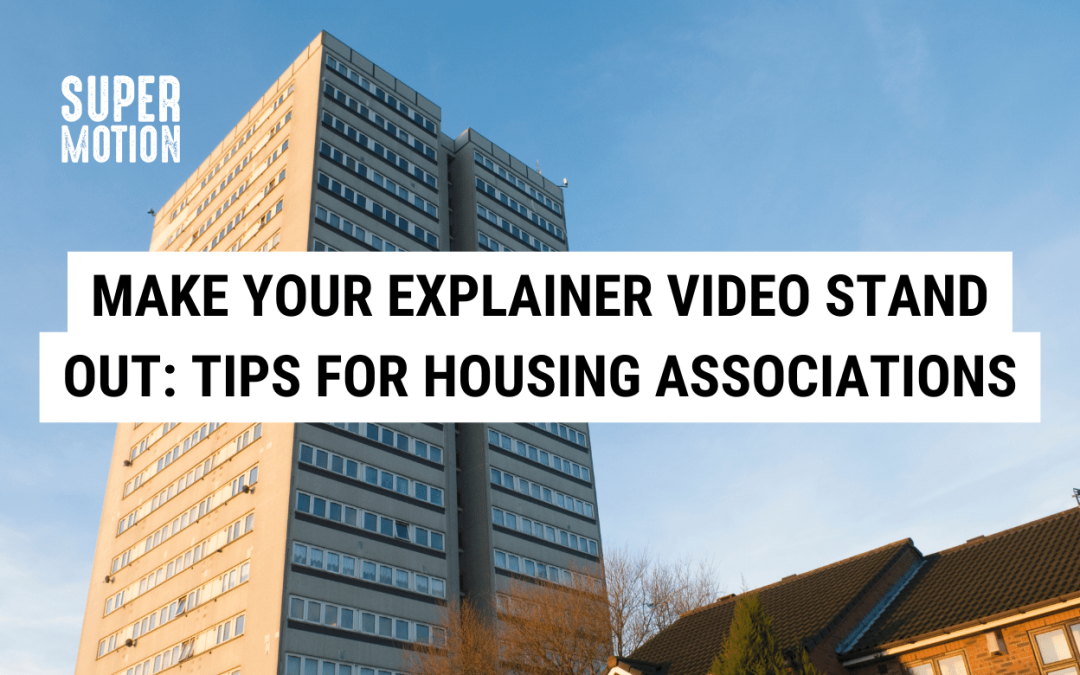


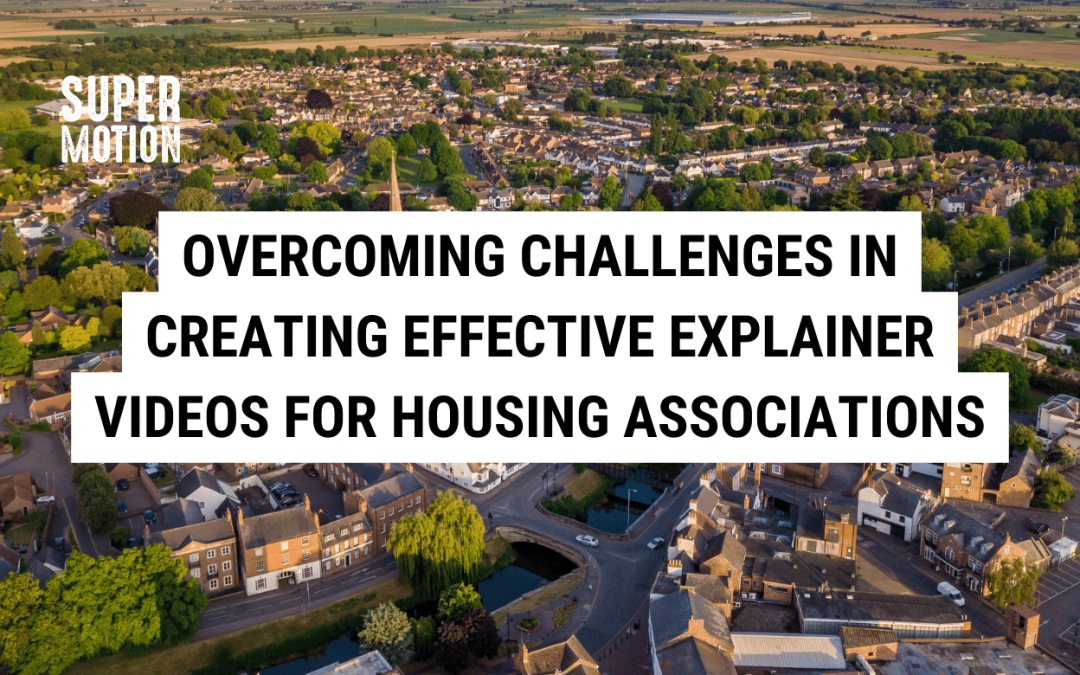



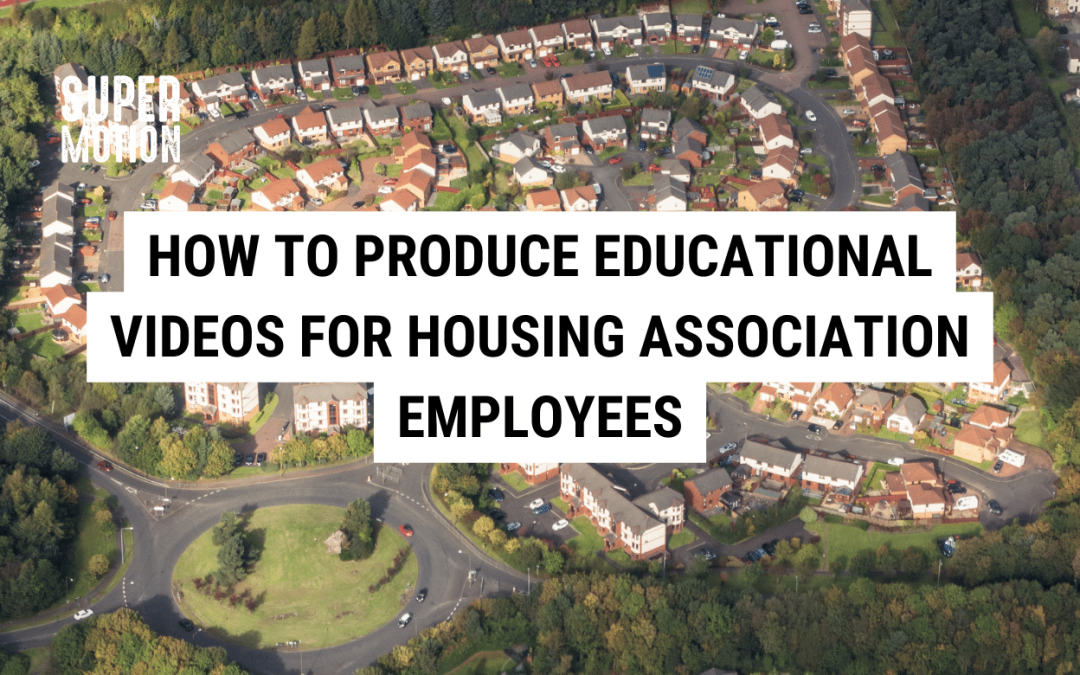


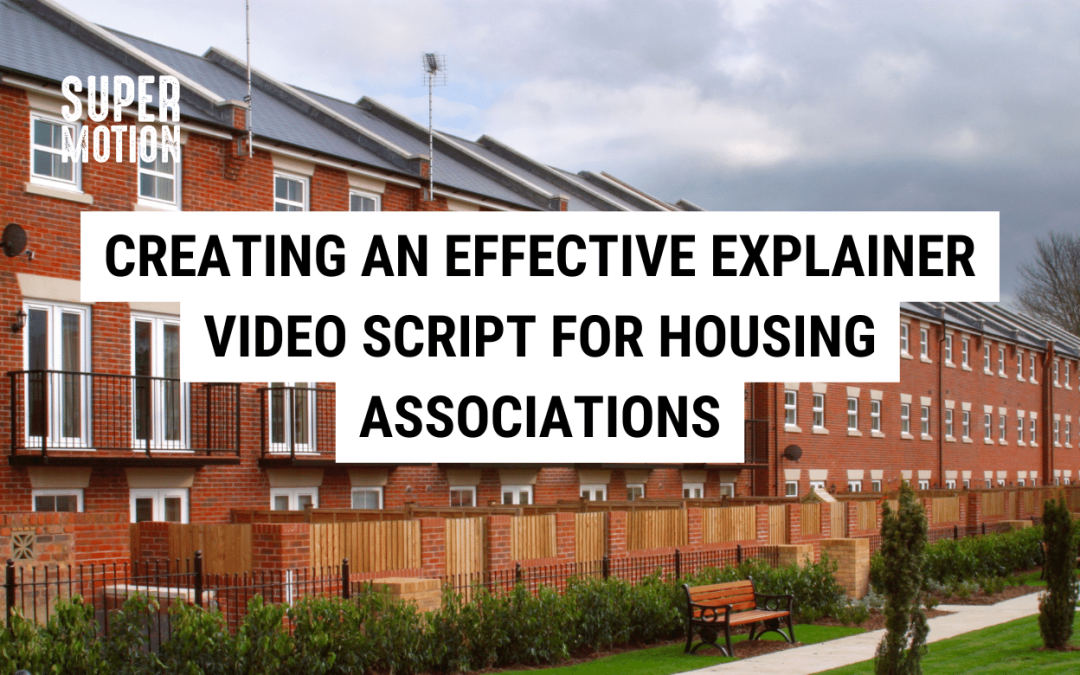



Recent Comments